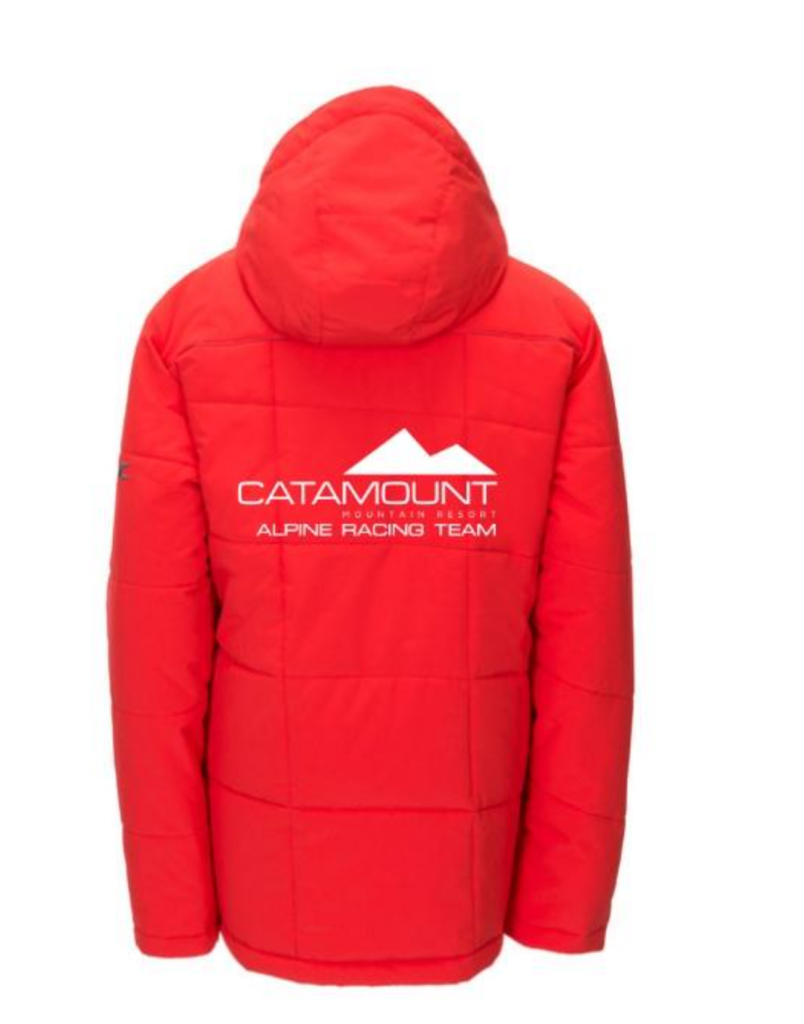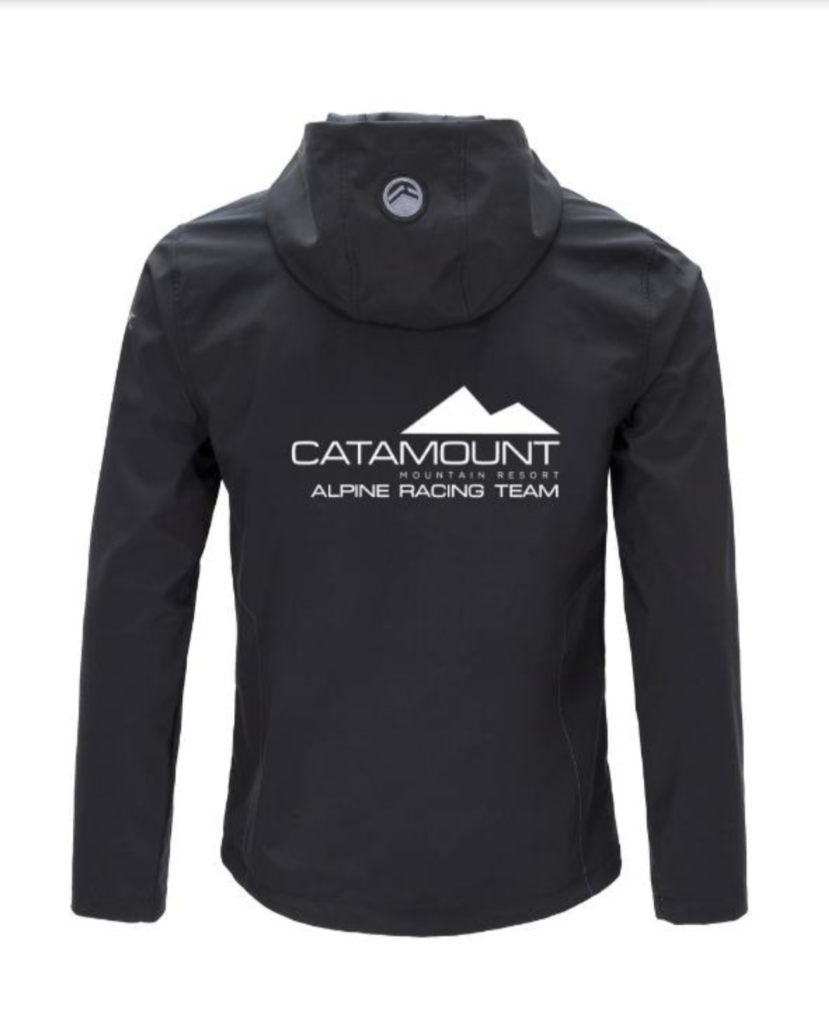Hey Gang,
I wanted to reach out to everyone to help address some questions, concerns and frustration regarding the U12, U14 & U16 Championships procedure.
Let’s start with the qualification method used for the Piche Cup (U12) and U14 Championships (U14). We currently use the best 3 of 8 runs from our 4 regular season races for these events. The reasoning behind this method has been questioned by some parents as being unfair because it doesn’t provide any sort of handicap factoring for differences in course difficulty or slope pitch.
Changes in snow conditions and contours along with complete freedom on the part of the course setter for each run (not to mention the large amount of subjectivity that occurs when determining the “difficulty” of any given course) make the determination of a fixed handicap for any discipline on a specific slope. Essentially, we can’t create a system similar to stating “par” on a hole of golf because our conditions and courses vary so wildly in comparison to the relatively static and predictable nature of a given fairway or green.How are we to address this obvious need though to determine some form of handicap? Those of you who have or know U18+ racers should be familiar with how this is done, it’s called the USSA/FIS points system. I won’t go into tremendous detail, but essentially the handicap, or “penalty”, for each race is determined by the pre-race ranking of the top 5 entrants and top 5 finishers. The idea here is that, as does happen, tougher races attract better racers and as such should have a lower penalty, whereas easier races won’t attract the same level of competition and should have a higher penalty.
There is one reason why it would be difficult to institute this system for U12-14’s and one reason why it’s unnecessary. It’s difficult to institute because the method used to determine penalties pre-supposes that 5 entrants and finishers already have standing USSA/FIS points. Unless we somewhat arbitrarily assign points pre-season, which would be extremely subjective, unfair and open to vast interpretation, we simply can’t calculate a penalty with this tried and true method. The reason it becomes unnecessary is because we race in a “closed” circuit that doesn’t allow for out of region racers or races to have an effect on our standings. Since we expect all racers to compete at all four races, it’s irrelevant if one race was harder than another. If your time was closer to the winner on a shallow slope and you were further back on a steeper slope, that makes perfect sense. The “tougher” a race is, the more spread out the field will be. Essentially, our system handicaps itself.
I suppose there’s also the argument that we need to account for differences in body size and strength. Again, doing so is extremely subjective and borders dangerously close to being discriminatory. Since we are dealing with growing racers and because there are countless examples of the smaller and weaker racer beating the taller and stronger one, instituting something akin to wrestling weight classes also just doesn’t make sense. We are dealing with kids in the very midst of their skiing development, and the suggestion that a 13 year old who’s the size of most 21 year olds (as was my personal case when racing) just because of size and weight is grossly unfair.
Next, let’s examine the qualification method used for post-season U12-14 events (U16 method will be discussed after). We assign “place points” for each completed run. First place gets 1, second place 2 and so on. This method differs from the USSA/FIS method which assigns points based on the time difference between you and the first place finisher. In this system, first place receives 0 points, everyone else calculates the difference in their time from the leaders, enters it into an equation along with a multiplier that changes based on discipline (this multiplier helps to account for the fact that shorter races – SL – tend to have more closely clustered times than longer – DH – races do). Our place point method does make the job of the top kids a bit more difficult, but in general, as you progress through the field, it actually tends to act as a handicap. I am open to hearing any argument against the decision to use place points in favor of USSA/FIS Race points.
Finally, we can examine why we choose to use best 3 of 8 runs for U12-14’s (and best 3 of 7 races for U16’s). One concern I’ve heard is either that this system doesn’t account for when a racer is better at one discipline and not as quick in the other. This simply isn’t the case with either age group. By imposing no restrictions on a need to complete a certain amount of SL and GS, there exists the possibility that even the first place ranked racers could be there based solely on one discipline. The counter argument I’ve heard is simply that there should be a provision that racers need results in all disciplines. The single best argument against this is the US Ski Team (and other national teams). More often than not, you’ll see competitors who may podium in one discipline but not the other and still be at the top of their game. Case and point is Ted Ligety this past week at the FIS World Championships at Vail. This system affords a generous “amount of fairness” to athletes who excel in one or both disciplines. No system is perfect or without flaws, but the method we use to determine the post-season qualifiers is a VERY good compromise with all factors considered.
Continue reading →



